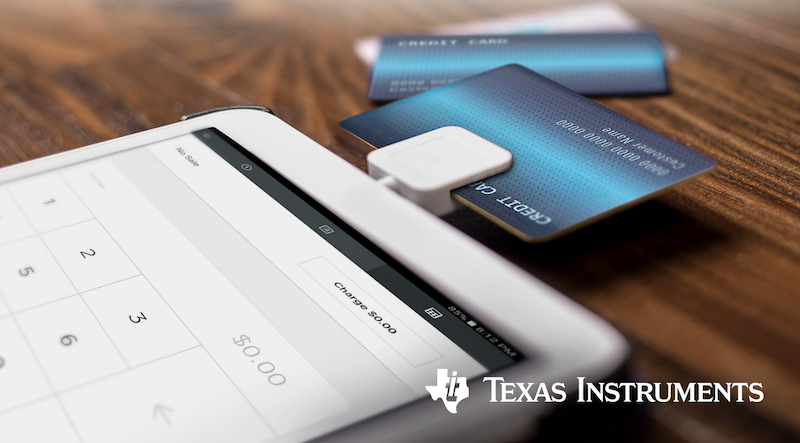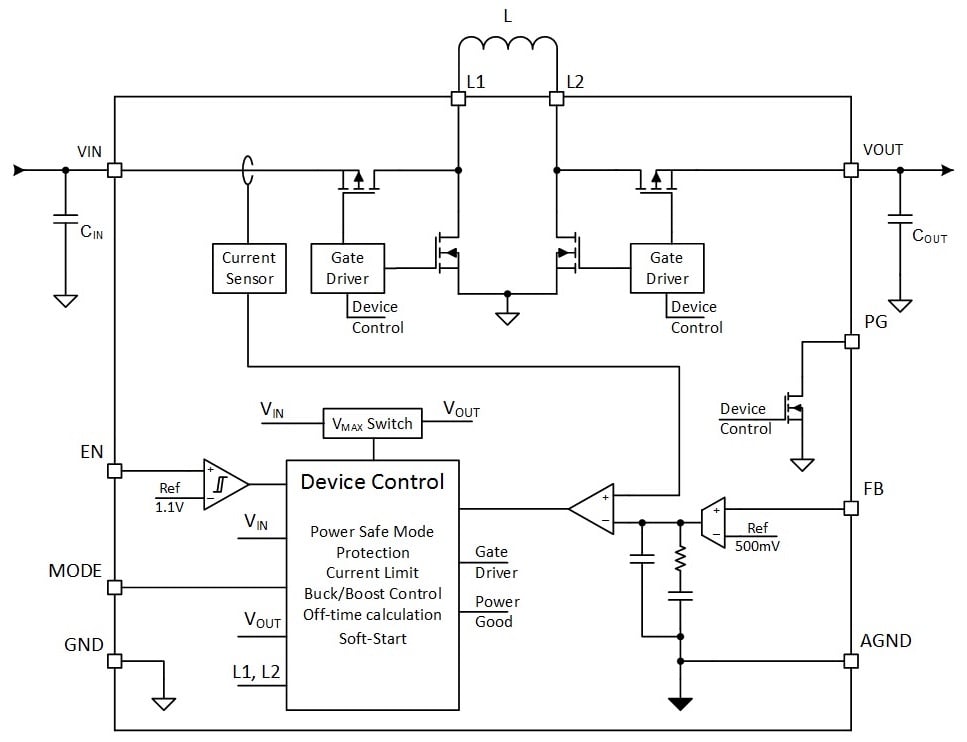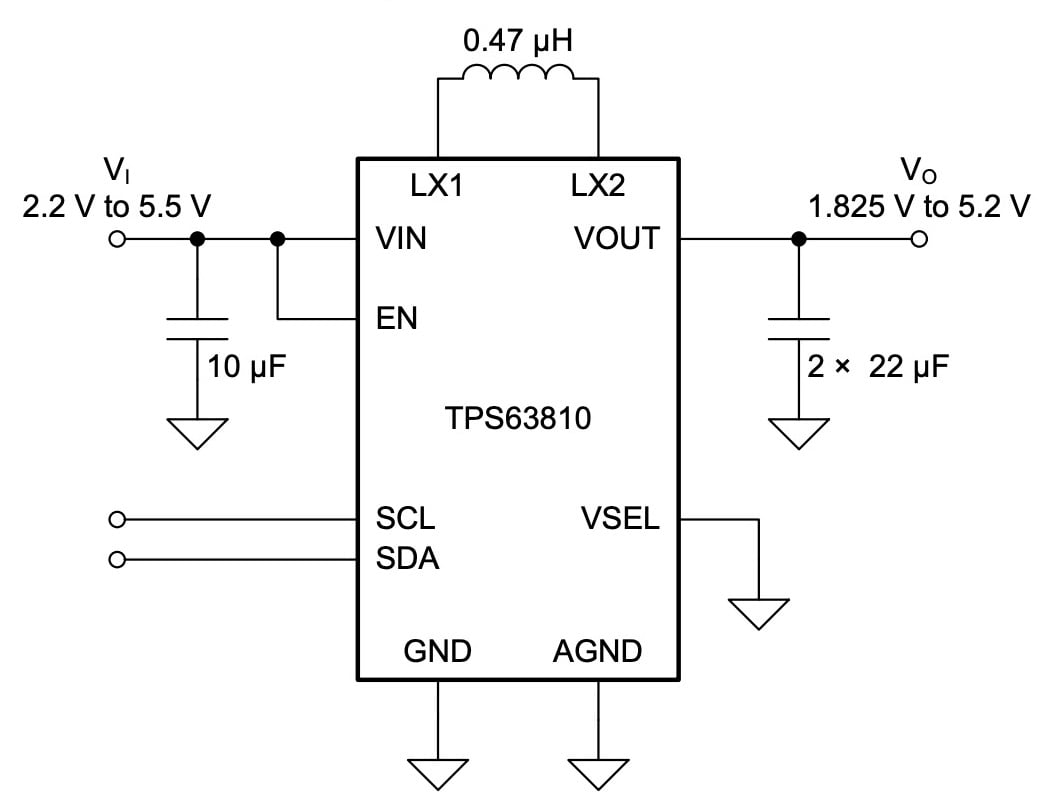A new family of low-quiescent-current buck-boost devices delivers up to 2.5 A in a compact footprint.
The family—theTPS63802, TPS63805, TPS63806, and TPS63810—require few external components, which makes them suitable for applications where space is at a premium. This goes hand-in-hand with TI’s assertion that they are up to 25% smaller than similar devices available on the market.

Image from Texas Instruments
One of the features TI has highlighted is their quiescent current, as low as 11- to 15-µA IQ for excellent light-load efficiency. This serves to minimize power losses and extend run times in battery-driven applications.
Some relevant applications TI has in mind for these products are:
- Portable electronic point-of-sale terminals
- Grid infrastructure metering devices
- Wireless sensors
- Handheld electronic devices
Shared Specs for the Buck-Boost Family
All four family members share some similarities. They all, for example, offer both a wide input voltage range (1.3-V to 5.5-V) and a wide output voltage range (1.8-V to 5.2-V), requiring less than 1.8V for startup.Additional shared specs include:
- 2 A output current for VIN ≥ 2.3 V, VOUT = 3.3 V
- Power save mode with mode selection
- Peak current buck-boost mode architecture
- Seamless transition between buck, buck-boost and boost operation modes
- Forward and reverse current operation
- Start-up into pre-biased outputs
Safety and robust operation features:
- Integrated soft start
- Overtemperature and overvoltage protection
- True shutdown function with load disconnect
- Forward and backward current limit
Small solution size:
- Small 0.47 µH inductor
- Works with 22 µF minimum output capacitor
TPS63802/5/6
The TPS63802, TPS63805, and TPS63806 share several features (and a datasheet), including the ability to support up to 2 A across a programmable output voltage and the ability to switch between buck and boost modes automatically based on input voltage (which helps to avoid unnecessary toggling between modes).The differences between the devices can be broken down into the TPS63802 vs. the TPS63805 and TPS63806. The TPS63802 differs from the other two in the number of cycles for the buck-boost mode when the input voltage is just about equivalent to the output voltage (3 cycles compared to 4). The TPS63802 is also slightly larger at 2mm by 3mm (compared to 2.3mm by 1.4mm each).

Block diagram for the TPS63802/5/6. Image from Texas Instruments
TPS63810
The TPS63810 is an I2C programmable buck-boost converter intended primarily for applications supplied from a single-cell Li-ion battery. Its control scheme employs three distinct operating modes: buck, boost, and buck-boost. The device affords extremely predictable behavior during buck-boost operation, and with a quiescent current of only 11 µA, the TPS63810 achieves efficiencies greater than 90% for output currents from 1 mA to 2 A.Due to a fast dynamic response, it can maintain tight regulation of the output voltage in the presence of load transients.

Simplified schematic of the TPS63810. Image from Texas Instruments
The TPS63810 is available in a DSBGA package measuring 2.3 by 1.4 mm. Because it requires but five external components, it can be implemented within a PCB area of only 39 mm2.
What are your top concerns when designing a battery-powered device? Share your experiences in the comments below.

No comments:
Post a Comment